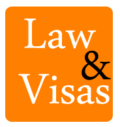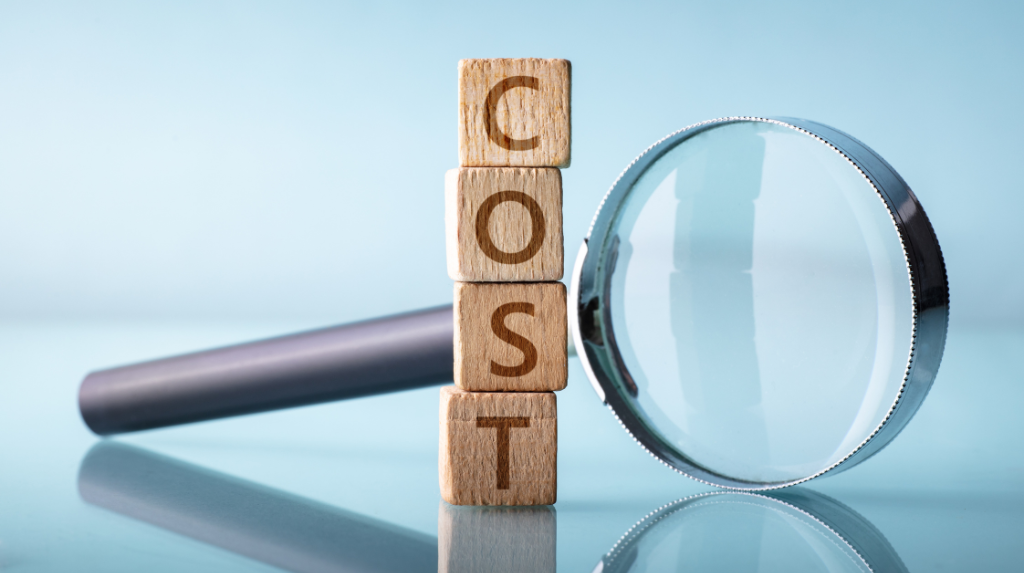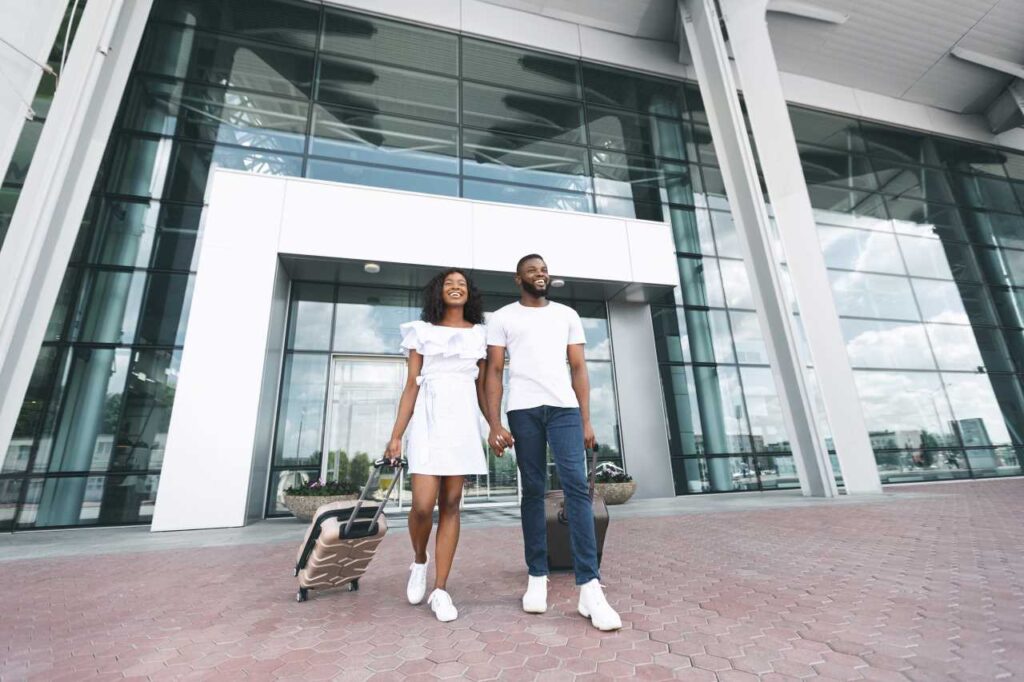If you’re currently in the U.S. on an F-1 student visa and have recently married a U.S. citizen or green card holder, you may be eligible to adjust your status and apply for a marriage-based green card. This process, known as “adjustment of status,” allows you to stay in the U.S. with your spouse without having to leave the country.
Eligibility Requirements
To apply for a marriage-based green card while on an F-1 visa, you must meet the following criteria:
- You are married to a U.S. citizen or green card holder.
- You entered the U.S. legally with an F-1 visa.
- You have maintained your F-1 status throughout your stay in the U.S.
The adjustment of status process can take anywhere from 9.4 to 20.5 months, depending on your specific case.
The 90-Day Rule
One important aspect of applying for a marriage-based green card is the “90-day rule,” which immigration officers use to evaluate whether you entered the U.S. to stay permanently.
What You Need to Know About the 90-Day Rule:
- The Rule: If you apply for a green card within 90 days of entering the U.S., immigration may assume that you entered on your F-1 visa with the intent to stay permanently, which could hurt your application.
- Best Practice: Wait at least 90 days after entering the U.S. before you get married and apply for your green card. This shows that your intentions were genuine when you first arrived.
- Important Note: You can file Form I-130 (your spouse’s petition for you) at any time. However, applying for Form I-485 (the actual green card application) triggers the 90-day rule.
- How to Calculate the 90-Day Rule: Look at the entry date on your I-94 form (arrival record). Add 90 days to that date. For example, if your I-94 shows January 1, 2023, your 90-day rule deadline would be April 1, 2023.
If you stay in the U.S. after leaving and re-entering, each new entry resets the clock for the 90-day rule.
Proving Your Intent
If you apply for a green card too soon after entering the U.S. on an F-1 visa, it may look like you never intended to leave. To overcome this, demonstrate strong ties to your home country, such as a job offer, business or property ownership, or family connections. This will help show that your plans changed after you entered the U.S. for study purposes.
How to Adjust Your Status: Two Scenarios
There are two different pathways for F-1 visa holders seeking a marriage-based green card, depending on whether your spouse is a U.S. citizen or a green card holder.
Scenario 1: Your Spouse is a U.S. Citizen
- Step 1: Your U.S. citizen spouse will file a Petition for Alien Relative (Form I-130) with USCIS. This form proves that your marriage is legitimate.
- Step 2: You will file Form I-485 (Application to Adjust Status) at the same time, which is your application for a green card. You will also need to submit supporting documents like birth and marriage certificates.
Scenario 2: Your Spouse is a Green Card Holder
- Step 1: Your green card holder spouse will file Form I-130 with USCIS, which starts the green card process.
- Step 2: After the I-130 is approved, you will receive a priority date. This determines when your visa number becomes available.
- Step 3: You will apply for a green card only when your visa number is current. There may be a delay, as green card holders’ spouses face longer waiting times than spouses of U.S. citizens.
If your F-1 visa expires before your visa number becomes available, you may have to leave the U.S. and complete the process abroad. However, if your spouse becomes a U.S. citizen during this time, you can switch to the process described in Scenario 1.
What Happens After You Apply
Once your marriage-based green card application is approved, you will either receive a temporary or permanent green card, depending on how long you’ve been married at the time of approval.
Working in the U.S. After Applying
If you are on F-1 status and working through Optional Practical Training (OPT), you can continue to work while your green card application is processed. You will receive a new work permit (Employment Authorization Document, or EAD) within about 150 days, allowing you to work for any employer, not just your OPT employer. Once your green card is approved, you won’t need a separate work permit anymore.
FAQs
What happens if I overstay my F-1 visa?
Overstaying your visa can result in serious consequences, including being barred from re-entering the U.S. for several years. If you overstay for six months, you will face a three-year ban; if you overstay for more than one year, you could be banned for 10 years. However, if your spouse becomes a U.S. citizen before you leave, you may be able to adjust your status without facing penalties.
What if I travel abroad after filing Form I-130?
If you travel abroad after filing Form I-130 but before receiving your green card, you may face difficulties when re-entering the U.S. Immigration officers could suspect that you are planning to stay permanently, which could lead to denial of entry. You may have to complete the green card process from abroad and prove you didn’t intend to deceive immigration officers.
What should I bring to my biometrics appointment?
To ensure a smooth experience at your biometrics appointment, it is essential to bring the following items:
Required Documents
- Appointment Notice (Form I-797C): This is the official notice from USCIS detailing your appointment date, time, and location. If you received multiple notices, bring them all.
- Valid Photo Identification: Acceptable forms include:
- Passport
- Driver’s License
- State-issued ID
- Green Card
- Military ID.
- Additional Documents: If USCIS specifically requested any other documents in your appointment notice (such as previous employment authorization documents or travel permits), make sure to bring those as well.
What Not to Bring
- Avoid bringing cell phones, cameras, or weapons, as these items are not permitted at the appointment.
Tips for Your Appointment
- Arrive at least 15 minutes early to allow time for check-in and security procedures.
- Fill out any required forms included in your appointment notice before arriving.
- If you have any medical conditions affecting your hands (like open wounds or casts), inform USCIS in advance, as this may require rescheduling your appointment.
How Law and Visas Can Help?
At Law and Visas, our team of expert immigration consultants is here to make your travel straightforward and successful. Whether you’re applying for a K-3 Visa or a K-1 Visa, we handle every step—from preparing your application to gathering the required documents.
Our Immigration Consultants and Lawyers ensure that your application meets the highest standards, with no details missed. We’ll also keep you informed throughout the process and coordinate with the immigration office or embassy on your behalf.
Law and Visas have a strong record of helping clients secure the visas/permits they need for International travel. You can call us today at +234 812 5505 986 to learn how we can help you.





